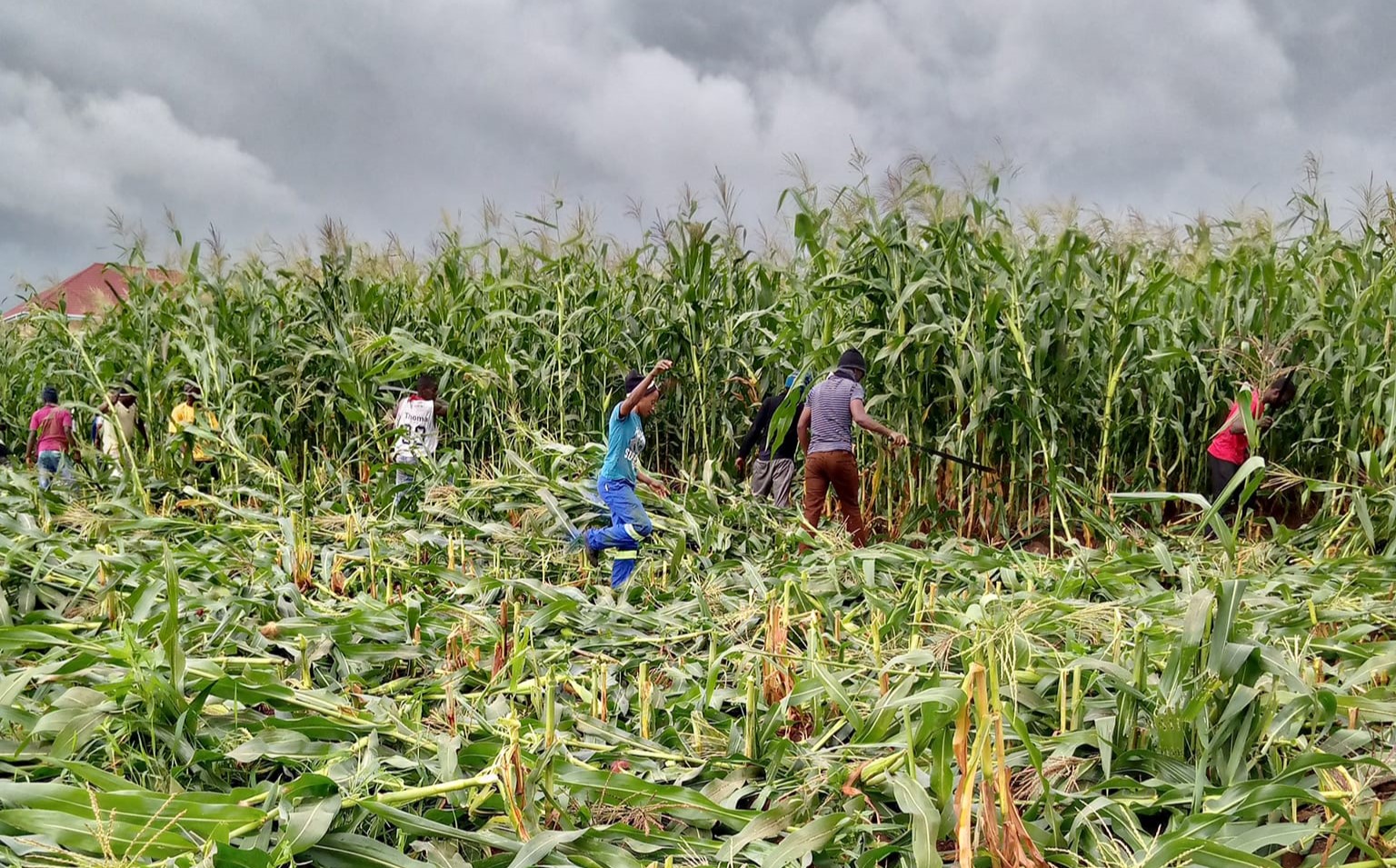World Bank’s new strategy scary
The World Bank Group—under Kim Yong Kim—is reshaping itself.
Based on a speech he made at the prestigious London School of Economics back in April this year, Kim clearly thinks that there is too much money—in trillions actually—that is just lying around because private investors are too afraid to risk it in what could be public-private sector ventures in developing countries.
In his vision, Kim envisages unlocking the trillions in investments instead of just the billions the group mobilizes and disburses in aid to poor countries.
Essentially, this new strategy could ruthlessly shrink the role of the International Development Association (IDA) as well as the International Bank for Reconstruction and Development (IBRD) while sharply elevating the profile of the International Finance Corporation (IFC) as well as the group’s Multilateral Investment Guarantee Agency (MIGA).
Created in 1960, IDA offers low-interest loans and grants to the poorest countries. In short, IDA is the group’s tool for poverty reduction and has been instrumental in Malawi’s fight against poverty for decades.
The IBRD, on the other hand—set up in 1948—is a source of loans and advice to middle-income and creditworthy low-income countries. Its capital comes as contributions from its 188 member countries.
As for the IFC, it was formed in 1956 as a private sector arm of the group that finances commercial projects—it largely works with private enterprises.
Then there is MIGA, which concentrates on “political risk insurance and credit enhancement”. In its new strategy, the WBG is likely to put IFC and MIGA at the centre of its new agenda for achieving its 2030 vision, whose goals are:
- To end extreme poverty—reduce the percentage of people living on less than $1.25 a day to three percent by 2030.
- To promote shared prosperity: foster income growth for the bottom 40 percent of the population in every developing country.
It would be interesting to see how the World Bank—as a broker of private investment that will help minimise risk for the private providers of capital into public development projects—will contribute to the global development agenda in a way that reduces poverty as stated in the group’s goals as part of its strategic vision.
It is a strategy that in my view, basically puts the fate of four billion people across the globe living in or are on the edge of extreme poverty, in the hands of profit hungry wealthy investors.
Just how does Kim hope to cut income and wealth equality in a scenario where the very rich will be controlling any resultant public-private sector venture?
It is ironic that the World Bank is returning to the same trickledown economics that we all know have failed miserably across the developing world. The disaster that is the ill-fated structural adjustment programmes is too well documented to regurgitate here.
At a time when developed countries are retreating from providing aid to poor countries—especially their governments in the case of Malawi—it looks to me that the World Bank has joined the rest of wealthy countries who are turning their backs on the poorest countries.
Bringing it several notches below to Malawi, this could mean that if Lilongwe were to look for funds from the World Bank to construct new dams in Blantyre, for example, to expand water supply, the group will go on the market and look for investors to put money into the project.
These investors could automatically become shareholders in Blantyre Water Board (BWB) and could be looking for high profit margins at the expense of the poor who may be denied their right to potable water because it could be too expensive.
It is privatisation of water services—in the case of the above example—returning through the backdoor after they failed to shove it down Malawians’ throats in the early 2000s.
To be honest, the new World Bank strategy scares the hell out of me.



